Ultimate Roadtrip Experience in Ruta 40 – Driving along Patagonia, Argentina
Are you looking for an epic road trip? Look no further than Ruta 40 (RN 40) in Patagonia, Argentina. At over 5,000 km long, this highway cannot be ignored. It crosses 236 bridges, 18 national parks, and major rivers, runs 11 provinces and three provincial capitals, and passes the Andes 27 times. How is that for some adventure on your next road trip?
It is comparable to the joys of traveling down Route 66 of USA! Indeed, taking Ruta 40 is serious fun. What a rewarding experience – not everyone can do it because it is so demanding. But during our trip to Argentina, this is one of the best decisions we have done!
- List of the Best Luxury Hotels in Argentina
- List of the Best Hostels in Argentina
- Our Honeymoon & Food Trip in Buenos Aires, Mendoza & Patagonia – Argentina Guide for Honeymooners
- Club Tapiz, Mendoza, Argentina – Perfect for Wine Tasting Adventures and More
- Our Beautiful Honeymoon Trip in Buenos Aires, Argentina
It takes some planning to set it up, but once you have your head wrapped around the details, all your effort will be rewarded tenfold. Don’t know where to begin? We are here to help you out! See the details below and explore the length of Argentina in a unique way.
Table of Contents
What Vehicle to use on your Ruta 40 Roadtrip?
Two options: rent a car or buy one and sell it before you leave. What kind of car? Most guides suggest getting a 4×4 vehicle, which is great if you can afford it, but if not, an SUV is enough. Yes, the roads along Ruta 40 can be treacherous, but they are manageable.
Go to a car rental company and discuss your options. Some would not give you a smaller car if you tell them you are going to Ruta 40, but that is fine since you are better off with a bigger vehicle anyway. We got ours from here and they have good deals.
Beware: the road is rough. 80% of it is paved but worn out, and the unpaved ones are especially difficult to maneuver, especially after rain. But as long as you drive carefully, there should not be too many problems.
The speed limit is marked along the road but be careful as others may not observe it and shower you with gravel. Skidding can be a serious concern – do not drive at high speeds! Also, pay attention to the health of your car. The route is unforgiving so observe for any signs of potential damage to your vehicle.
In case of a breakdown, stay calm. This route is not as remote as it once was. Plenty of tourists pass by and locals are starting to use the road more, too. Ask for help! Ultimately, it helps to have some tools with you and a good knowledge of how cars work!
The Ruta 40 Road Trip Route
Ruta Nacional 40 crosses the provinces of Santa Cruz, Chubut, Río Negro, Neuquen, Mendoza, San Juan, La Rioja, Catamarca, Tucumán, Salta and Jujuy.
- Santa Cruz – Located in the south, this province is the second largest in the country after Buenos Aires and is the least populated. This section of Ruta 40 can be divided into five: Cabo Virgenes to Rio Gallegos, Rio Gallegos to Rio Turbio, Río Turbio to Tres Lagos, Tres Lagos to Perito Moreno, and Perito Moreno to Esquel. The lighthouse in Cabo Virgenes is the designated Km Zero.
- Chubut – It is a mining and petrol province, but tourism is picking up, too. Main attractions include marine wildlife reservoirs and the Peninsula Valdes. This part of the drive has two sections: Perito Moreno to Esquel and Esquel to Bariloche.
- Río Negro – Ski resort towns are found here: Bariloche, Cipolletti, and General Roca. The Lake District near San Carlos de Bariloche inside the Nahuel Huapi National Park is one of the most visited areas, too. Be sure to try the white wines! It has two sections: Esquel to Bariloche and Bariloche to Zapala.
- Neuquén – Located in the northern end of Patagonia, this province features some national parks, ski resorts, and the famous seven lakes. The drive can be divided into two: Bariloche to Zapala and Zapala to Barrancas.
- Mendoza – Around 700,000 visitors come here annually to see the Las Leñas Ski Center, Aconcagua Mountain, and the provincial parks. Wineries are extremely popular, too. The following are the driving sections of this route: Barrancas to El Sosneado, El Sosneado to San Rafael, San Rafael to Pareditas, and Pareditas to Mendoza.
- San Juan – A semi-desert, this province is popular for its outstanding wines and olive oil. Your route here is from Mendoza to Guandacol.
- La Rioja – This part of the drive takes you to Guandacol to Alpasinche and Alpasinche to Santa María. It is semi-arid, but the fertile areas are nice, particularly the Talampaya National Park. See the hot springs and taste the wine, too!’
- Catamarca – Covered by mountains, the drive-through Catamarca covers Alpasinche to Santa María and Santa María to Cachi. There are plenty of accommodation here, plus fruit orchards and vineyards.
- Tucuman – It is the most populated area and is known for sugarcane, lemons, strawberries, kiwi, and soybeans. The most visited places are Campo de Los Alisos National Park, Valles Calchaquíes, Tafí del Valle, Ruins of Quilmes, and Diaguita community of Amaicha del Valle. This section takes you from Santa María to Cachi.
- Salta – A couple of sections here: Cachi to San Antonio de Los Cobres and San Antonio de Los Cobres to La Quiaca. The climate is tropical, but it varies due to altitude. This is the highest point of the drive, too! There are three national parks, canyons, cliffs, colonial houses and the Llullaillaco volcano here.
- Jujuy – The last leg takes you from San Antonio de Los Cobres to La Quiaca. Highlights include a visit to Quebrada de Humahuaca and its Cerro de los Siete Colores, Pucará de Tilcara, and Calilegua National Park in the Yungas jungle.

The Attractions that you’ll see on your Ruta 40 Road Trip
For an incredibly long stretch of land, there is no shortage of attractions to keep you entertained and make the trip more than worth it. Here are a few suggestions:
- Cave of the Hands in Santa Cruz
- Penguins in Cabo Virgenes
- Moreno Glacier
- Climb Volcan Lanin in Neuquén
- Seven Lakes in Neuquén
- Ischigualasto Park in San Juan
- Talampaya National Park in La Rioja
- Millennial Forest in Parque Nacional Los Alerces
- Trek the Fitz Roy range near El Chalten
- Whale watching in Reserva Faunistica Península Valdés
- Market in El Bolson every Tuesday, Thursday, and Saturday
- La Trochita railway in Esquel or El Maiten
- Have Welsh tea in Trevelin
- Butch Cassidy’s hut in Bariloche
- Hot springs of Fiambala
- Volcanoes in the Route of Seismiles
- Salinas Grandes n Jujuy
- Ruins of Shinkal of Quimvil
- Paragliding in El Bolson
- Queraba de las Flechas in Salta
- Mummies of the Lulliaco children at the Museum of High Altitude Archaeology in Salta
- Snow-topped sierras and valleys in Cachi
- The Hills of Seven Colors in Jujuy
- Carnival in Jujuy
Our Top Tips about our Personal Experience of the Ruta 40 Road Trip
1. Check the car completely before heading off. Check the tire pressure and water, oil, and gas levels. Have a spare tire or two!
2. Drive slowly. Be careful around potholes, loose gravel, and dirt and mud. It is better to be safe than sorry. Remember that there is a lack of car shops to restore your vehicle once it breaks down.
3. Bring plenty of supplies: water and food, plus music and other gadgets to keep you entertained.
4. Always fill your tank – only a few gas stations!
5. Bring cash – the ATM can be a struggle, and some establishments do not accept a card. The toll fee from Buenos Aires is paid in cash, too.
6. Don’t drive at night.
7. Pack a blanket and sleeping bags in case you need to sleep in the car. Of course, this will not happen if you do not drive too late, but in case you fail to reach lodging in time, you get some comfort if you have your gear.
8. As long as you feel safe and comfortable, help anyone stranded on the side of the road!
9. Be nice and pick up hitchhikers!
10. Be patient – there will be ups and downs but driving the Ruta Nacional 40 is a magical experience you do not want to miss!
Frequently Asked Questions and Answers About Ruta 40
1. What is the best time to travel?
December to March.
2. How long is the ideal travel time?
One to two months.
3. What is the total distance?
The drive is a whopping 5194 km – the longest in Argentina and one of the largest worldwide! It runs 11 provinces and three provincial capitals.
4. What is the highest point of Route 40?
It is located in Salta at 4.952 m.
5. What makes the Ruta Nacional 40 special?
Some parts of the Route 40 belong to the Inca Trail dating back to the 15th century. It also passes through the best known national parks and natural reserves in Argentina, as well as connecting national historical monuments, and UNESCO World Heritage Sites.
6. Where can you buy food during your trip?
Long stretches of desert, remember? Fill your car with as much food and drinks as possible before taking on this journey. How much should you bring? Bring as much as you think is too much to consume. You will be glad you did it.
7. Are there any toilets?
No! It may be a challenge to pop a squat at the start, but there is not much of choice, is there?
8. Are there gas stations around?
Yes, you can find them in these areas: Bariloche, El Bolson, Esquel, Tecka, Gobernador Costa, Perito Moreno, Los Antiguos, Bajo Caracoles, Gobernador Gregores, El Chalten, and El Calafate.
BUT the gas stations are few and far between. Your best bet is to fill up your car every time you see one, regardless of the queue. It does not matter whether your tank is almost full – just do it. You never know how long before you see another.
9. Where are the ATMs?
The most reliable ATM is located in El Calafate. The cash machines between Esquel and Calafate simply does not work and rejects foreign cards. Do not risk it. Most of the establishments are not able to process payments with foreign cards, too. To withdraw cash in these ATMs, you need an Argentinian bank card, which is unlikely you have so just brought enough cash to last you the entire trip. Again, just bring the cash. DO NOT RISK IT.
10. Is the route safe?
Yes. As long as you prepare for your journey in advance, you should be fine and have a great time!
Note that our trip was made possible by Destino Argentina. However, our opinion was based on our experience.
Are you on Pinterest? Pin these!

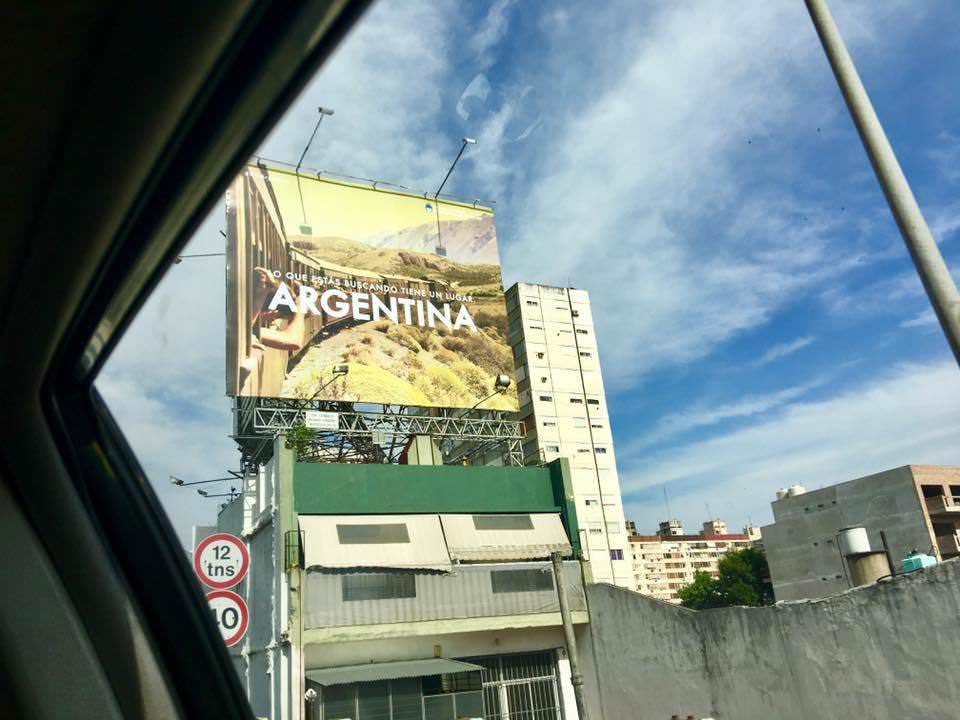
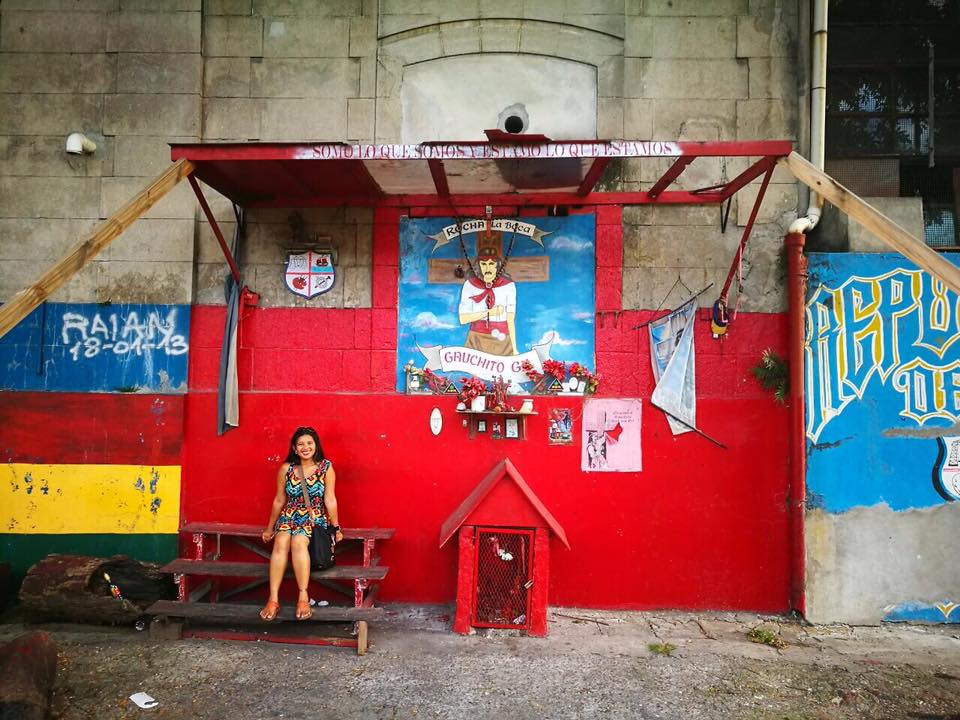
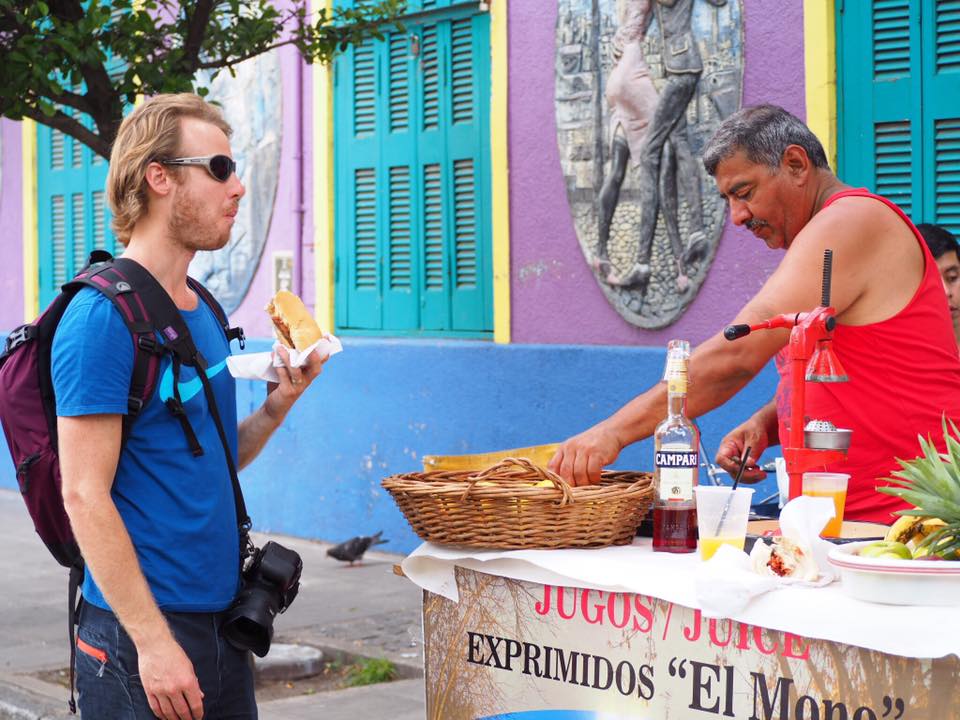
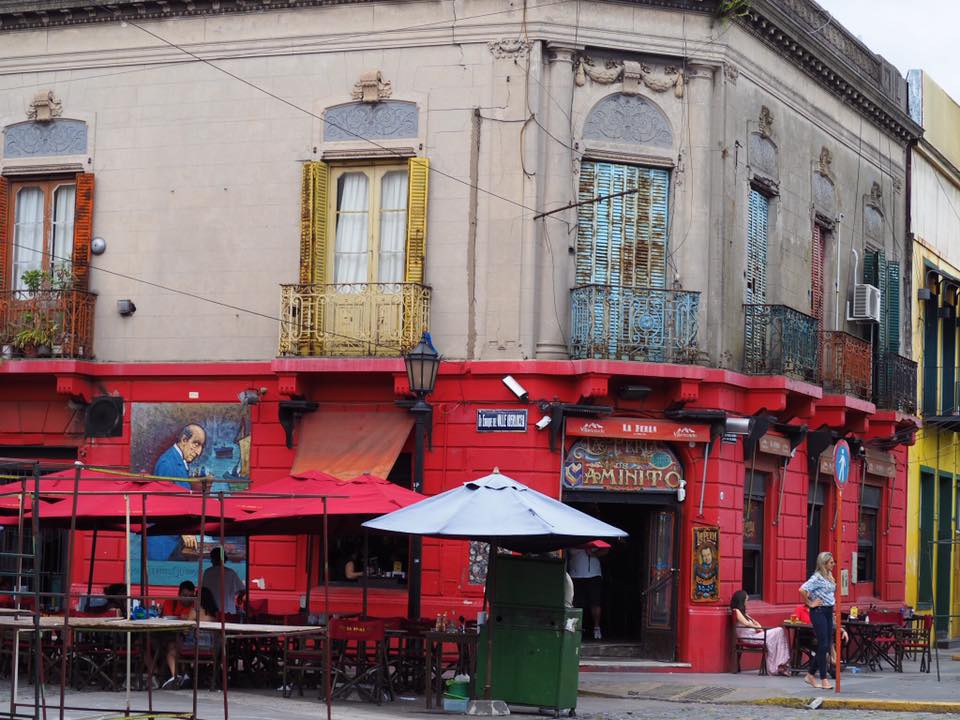
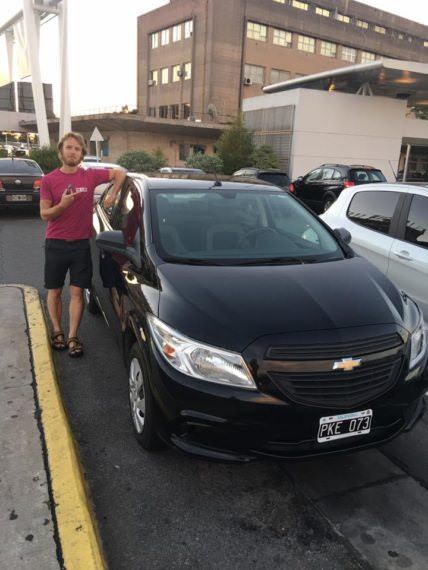
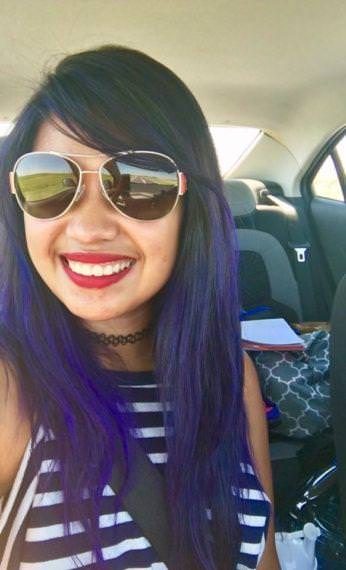
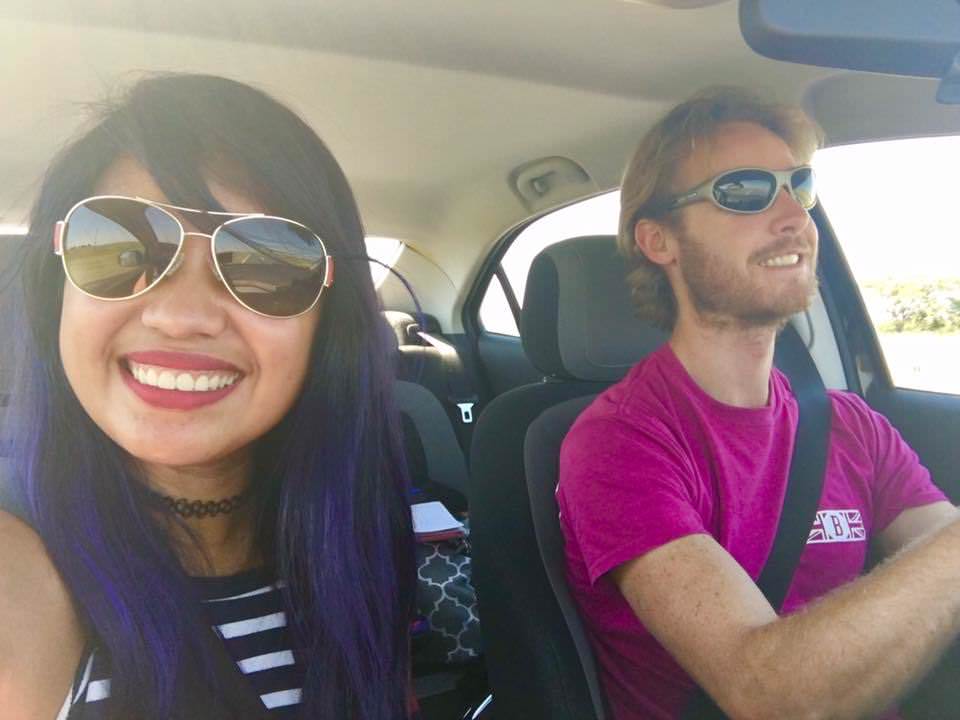
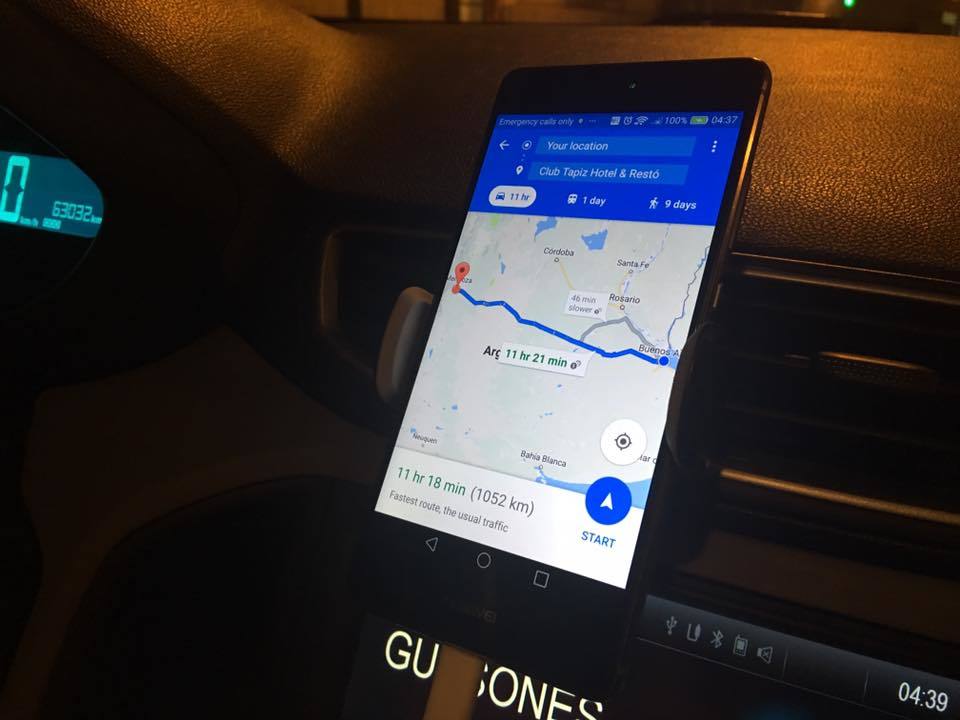
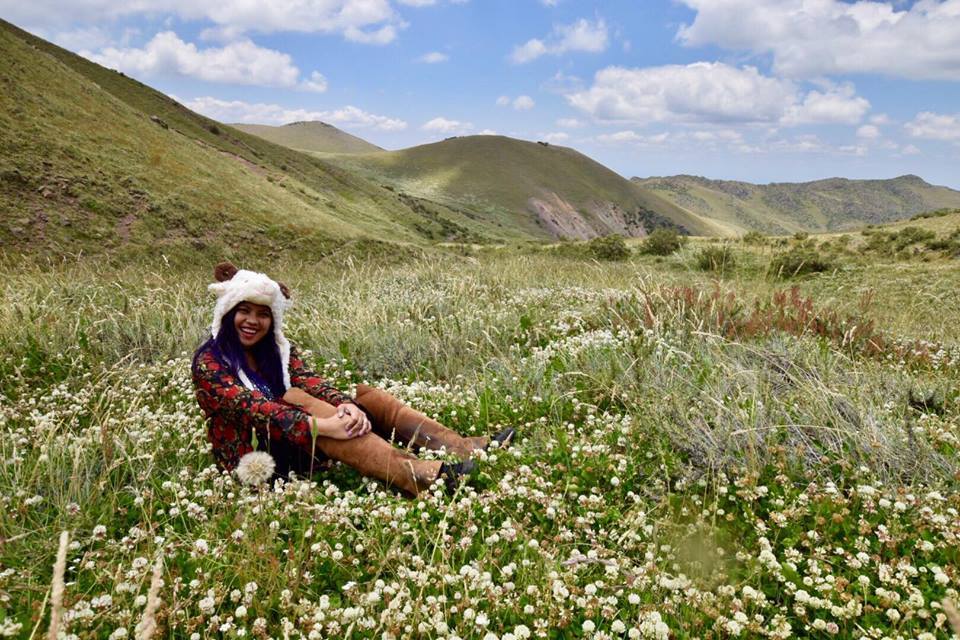
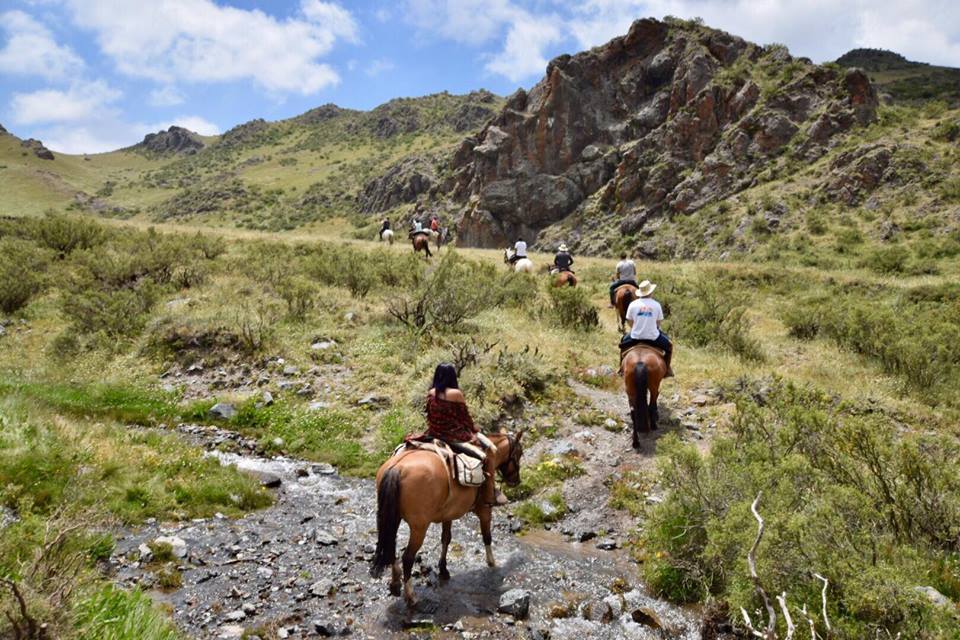
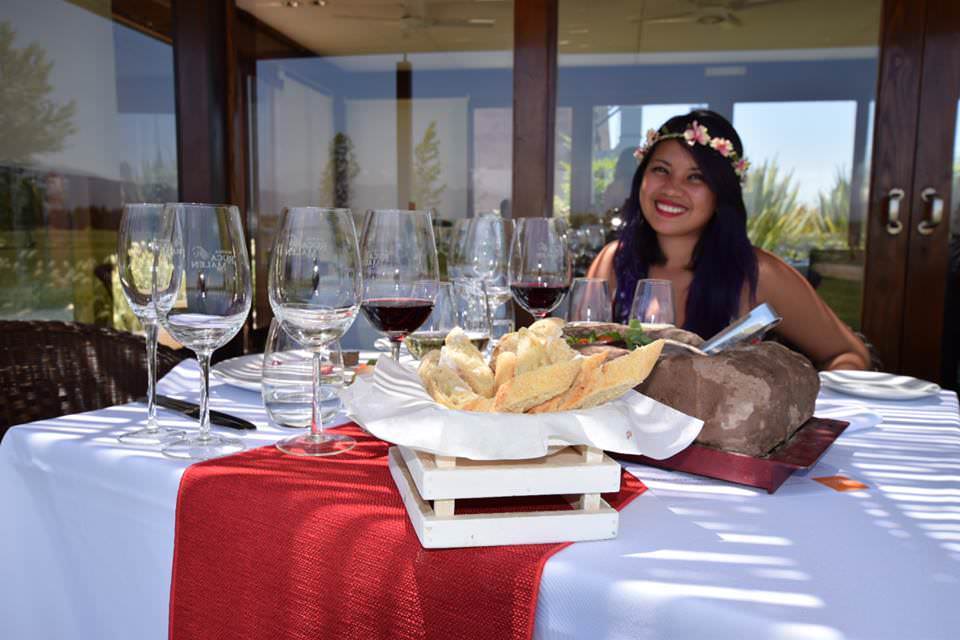
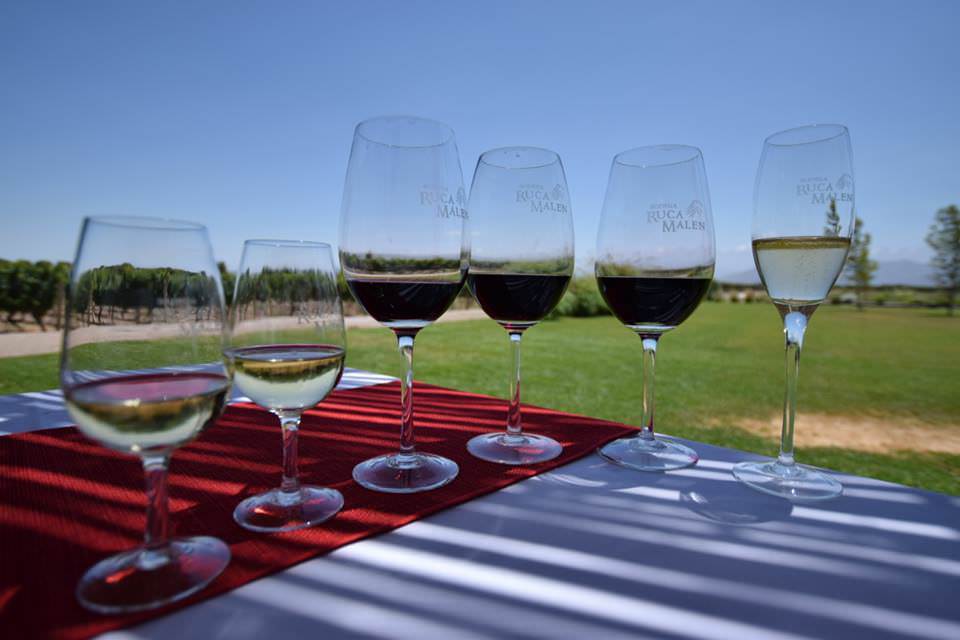
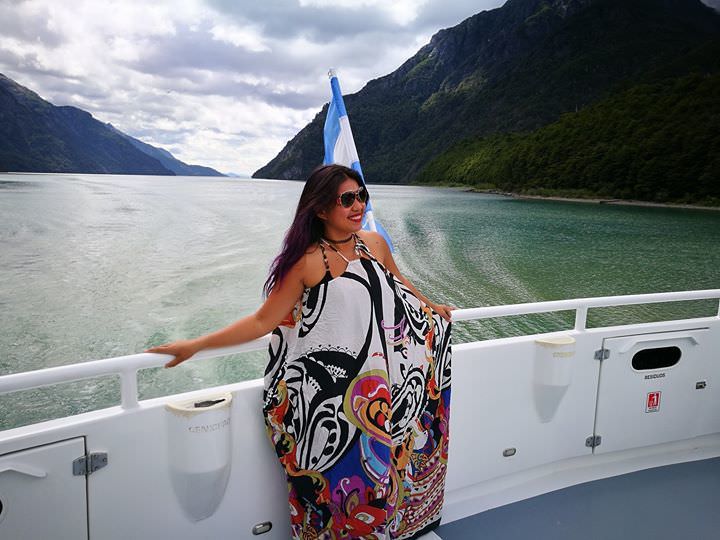
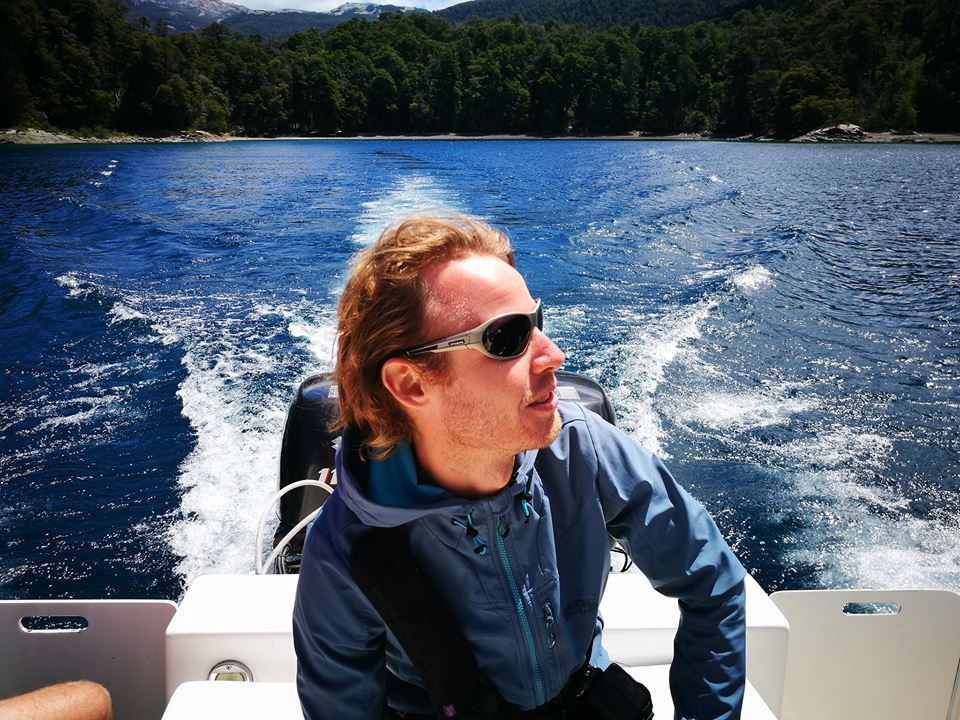
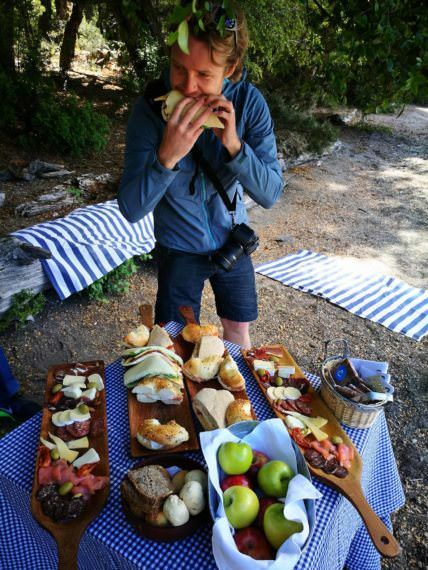
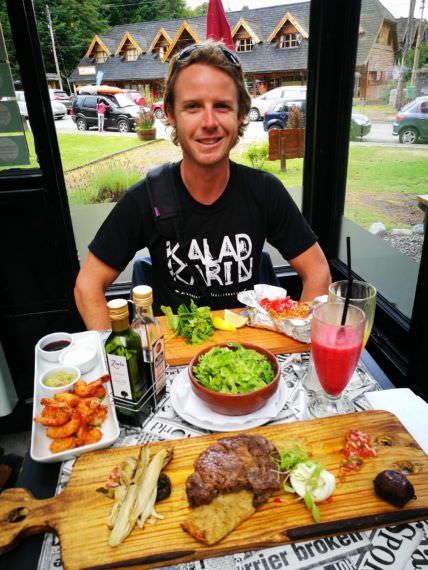
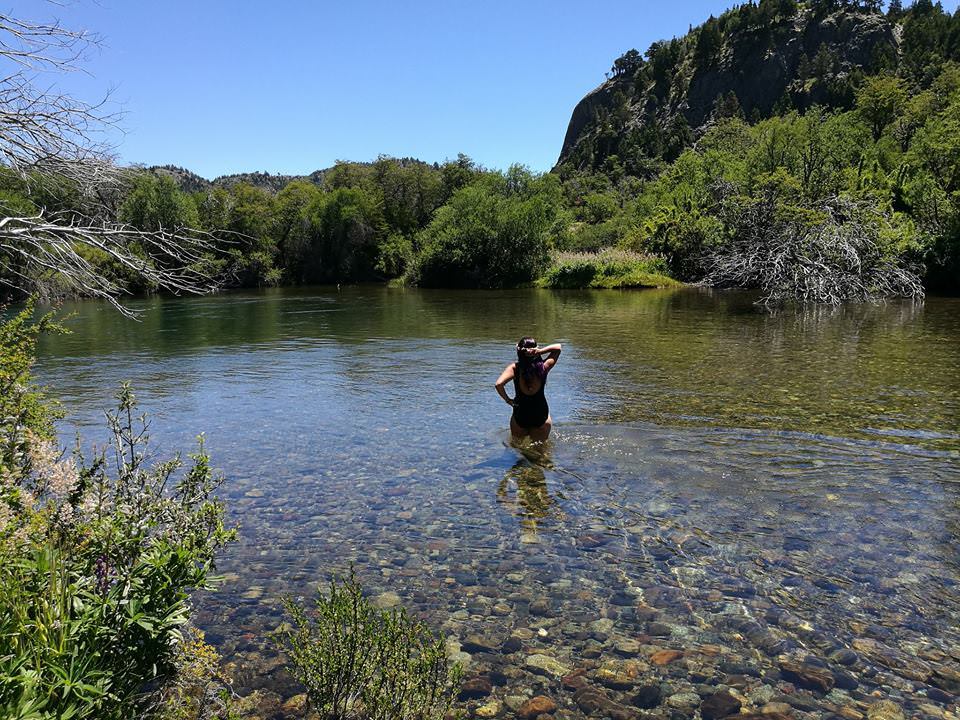
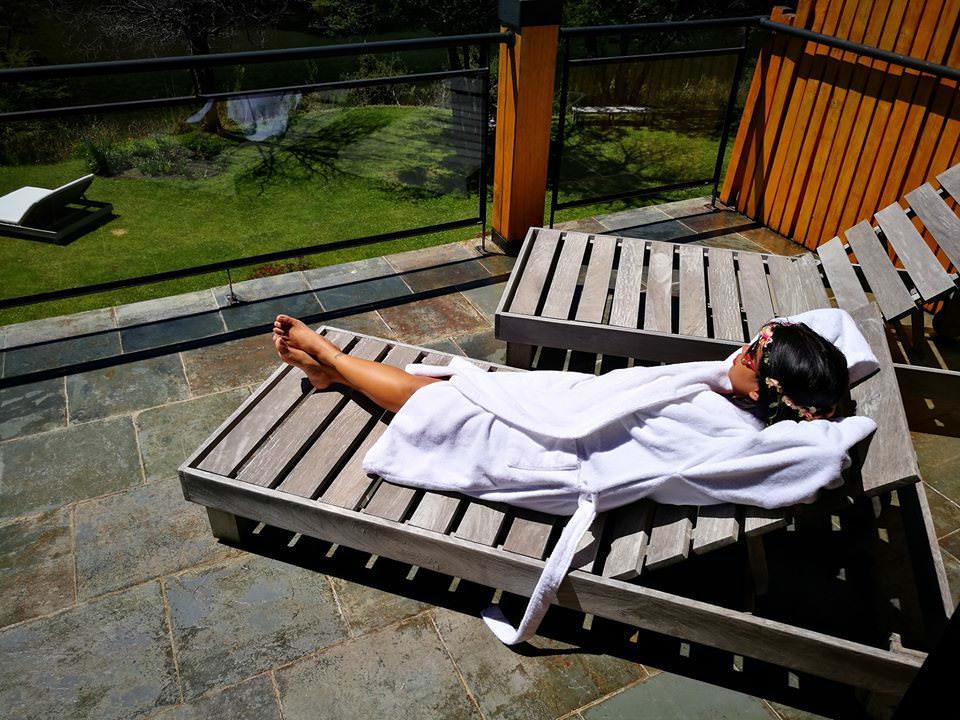
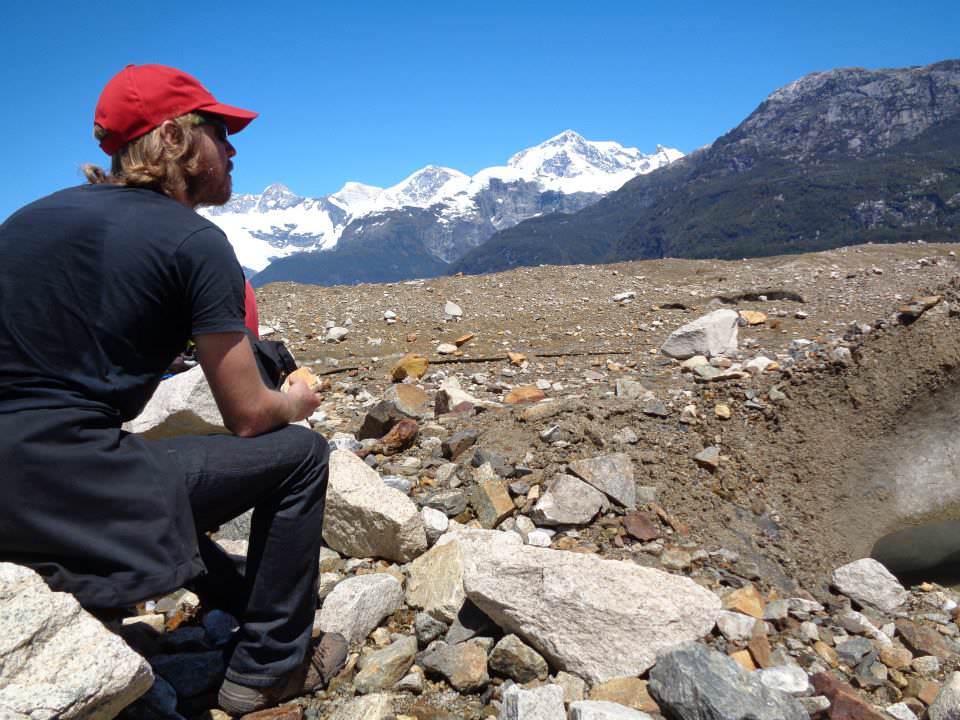
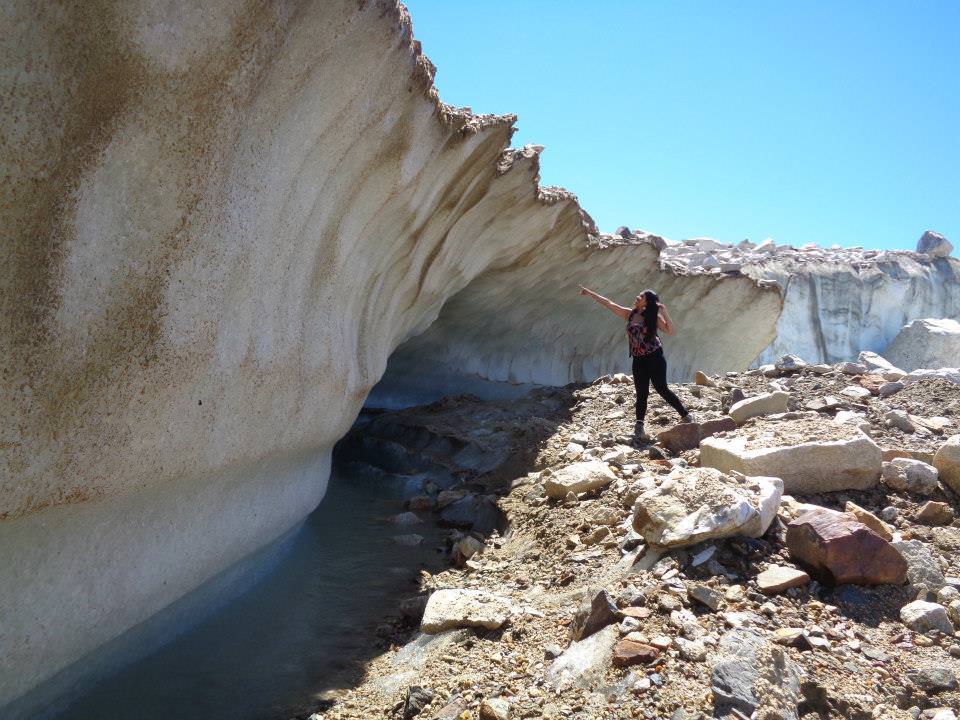
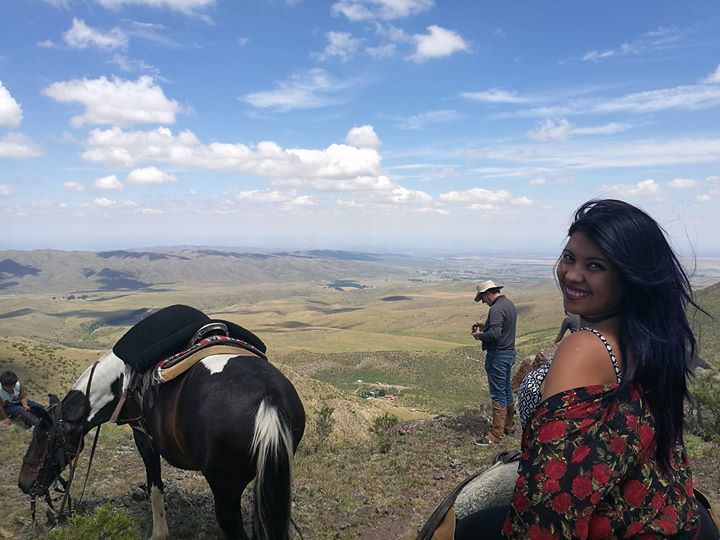
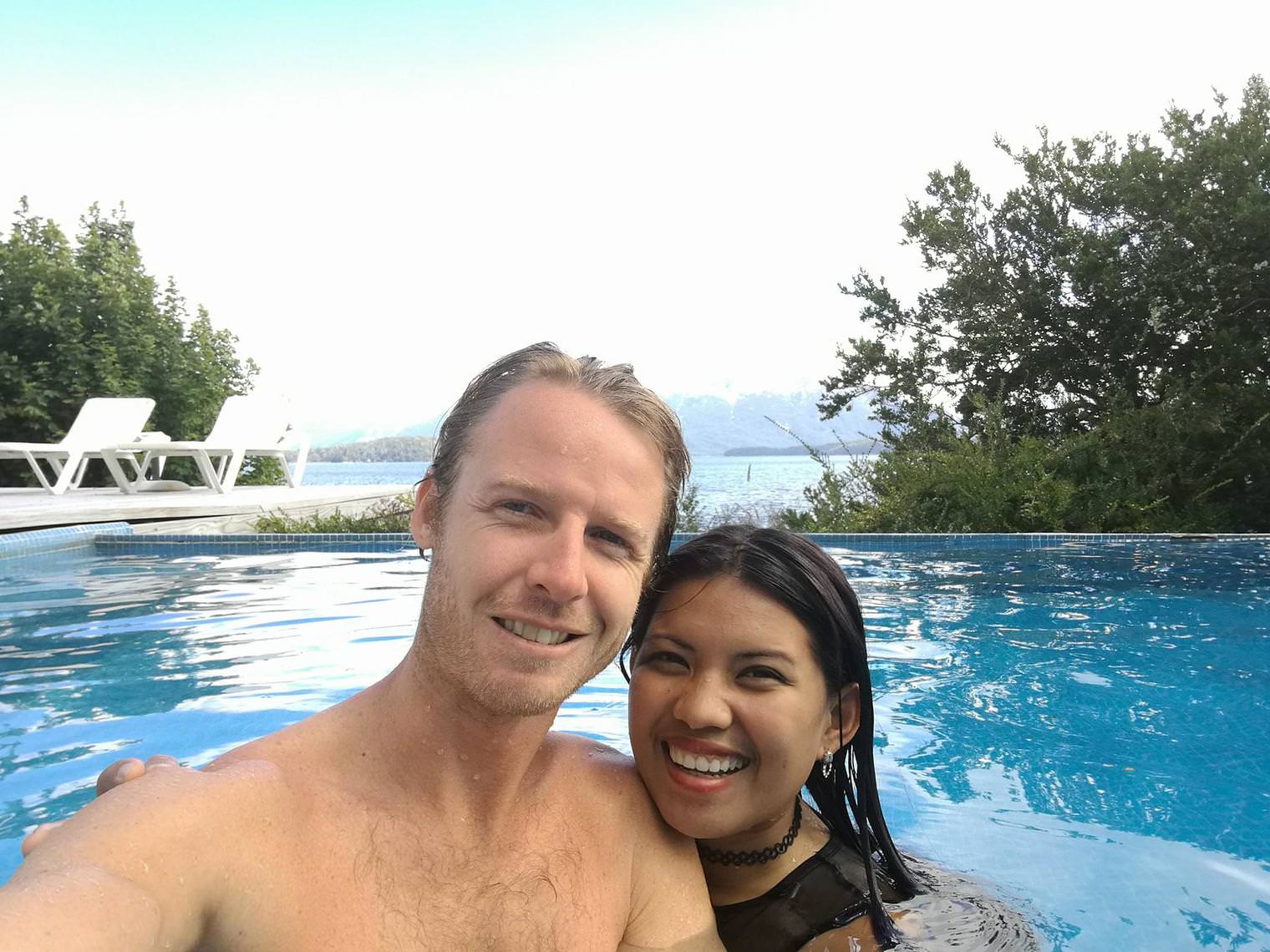
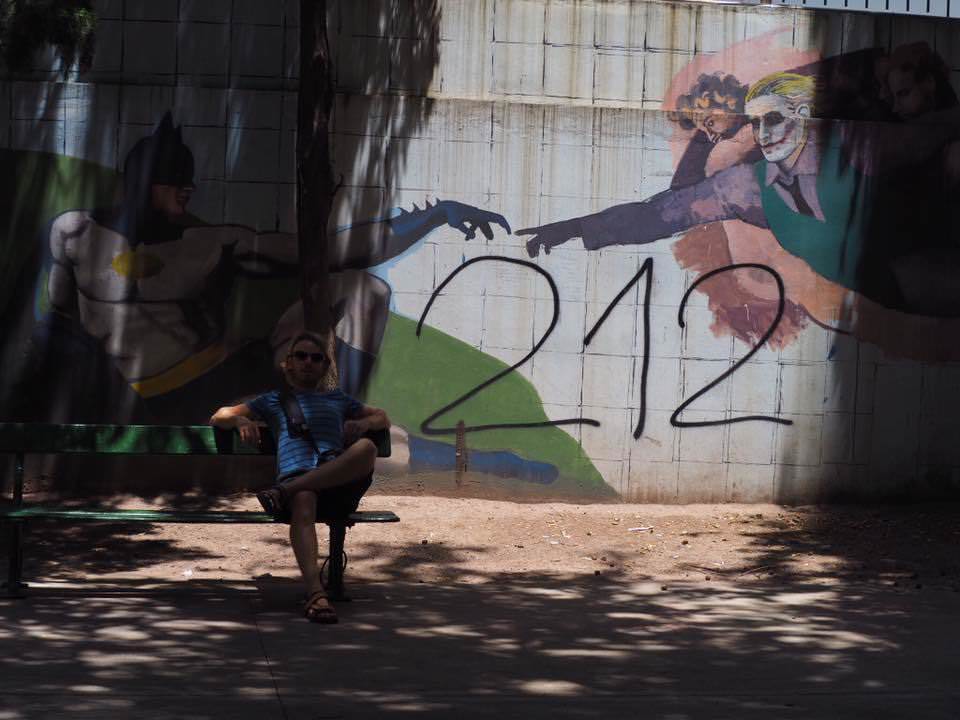
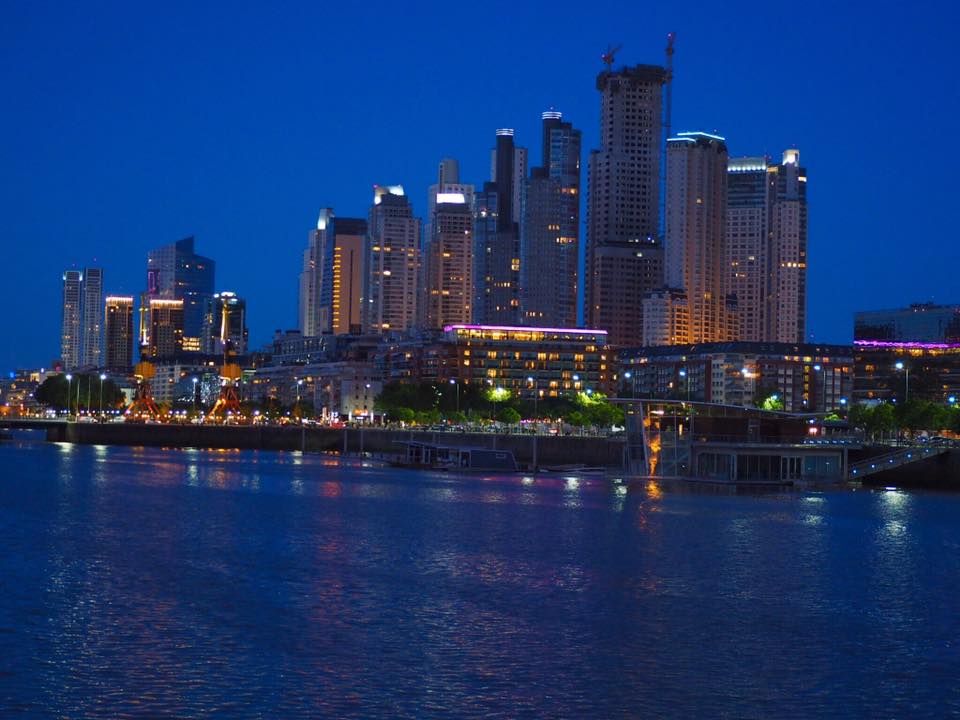
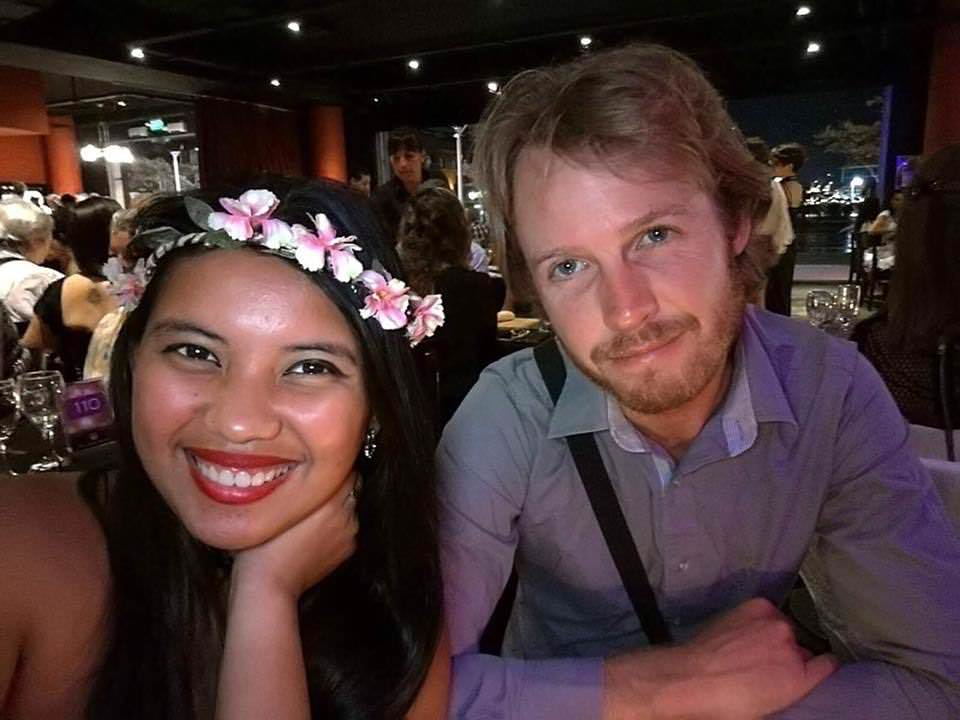
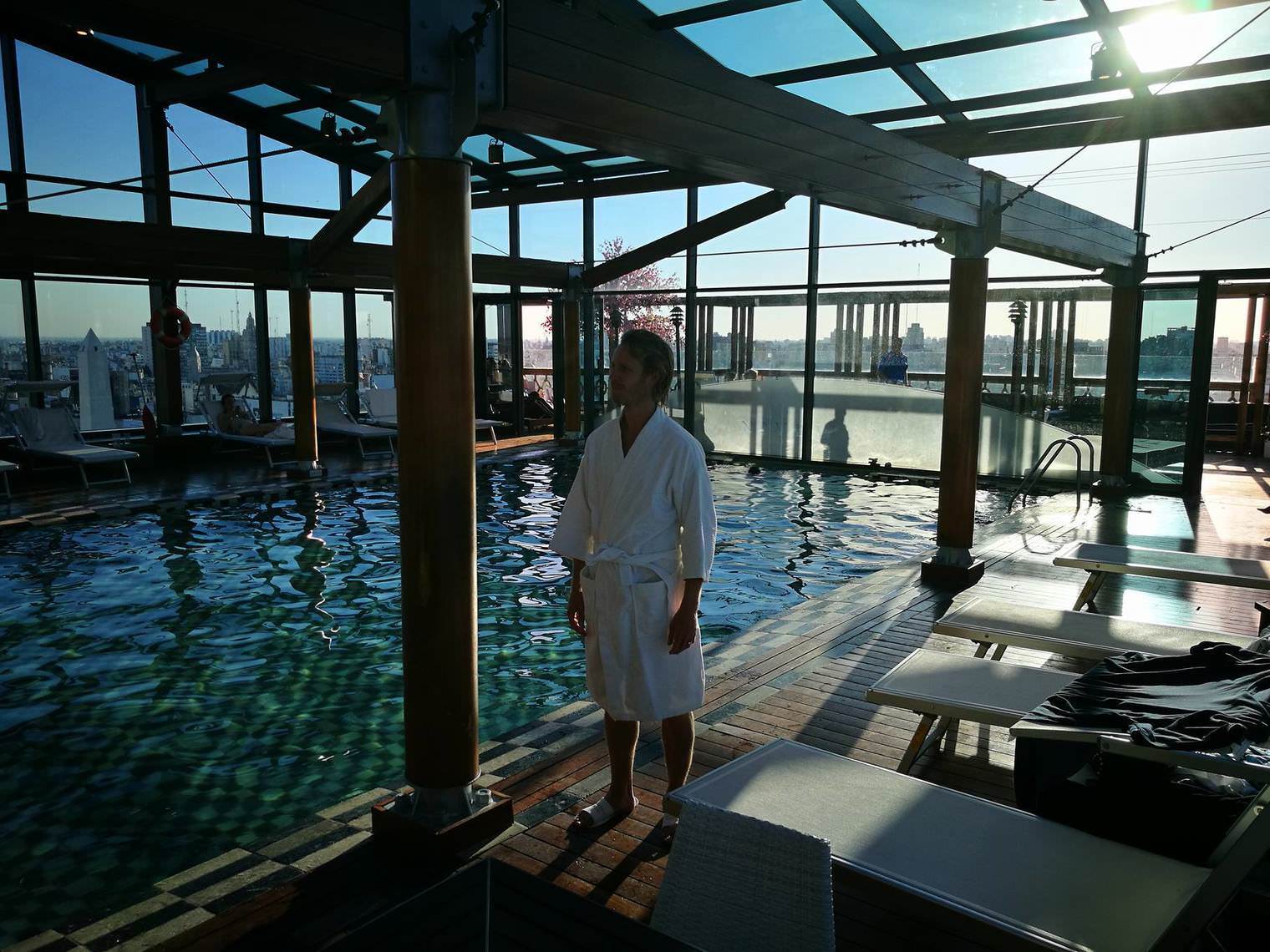

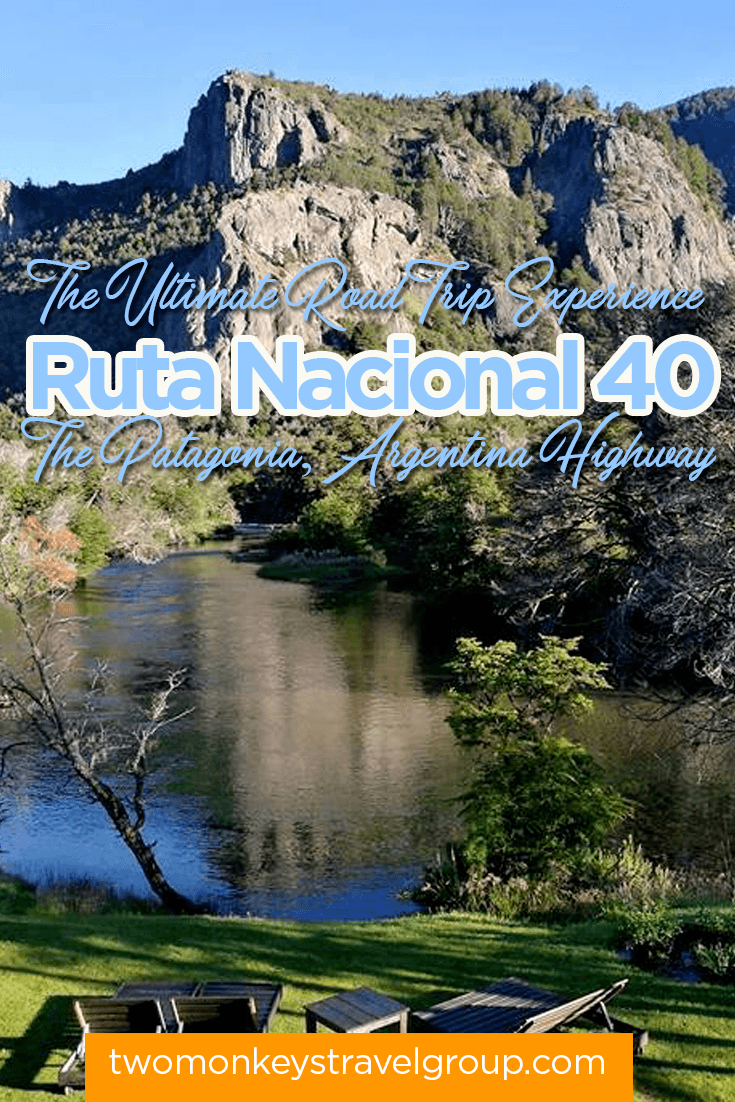
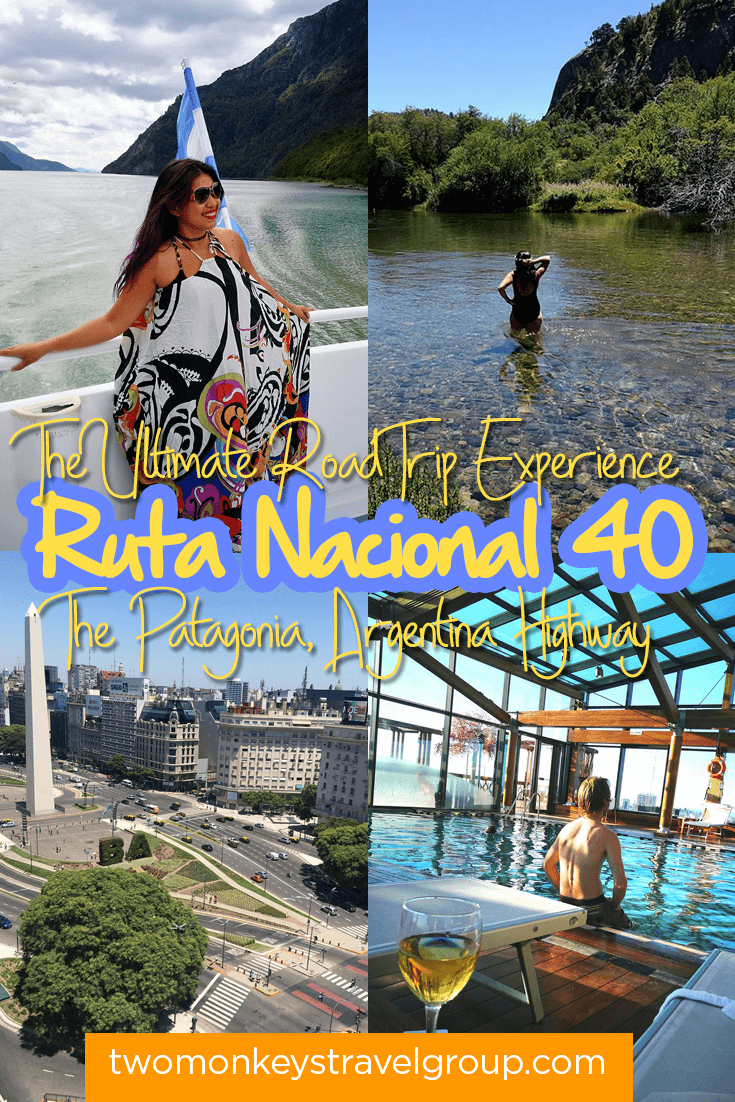
Hi, thank you for sharing great information. Would like to know your budget for this trip? Do you both or one of you speak spanish? Wanted to know if language was an issue on your road trip.
Hi! Can you give me an idea of how you budgeted for this? How much was the car rental? Did you need and international drivers liscence? How much gas did you use? were you able to rent it one way?
Great information. Thank you. What if anything do you know about making this trip in late July? We want to go from Mendoza to see Mt. Fitz Roy.